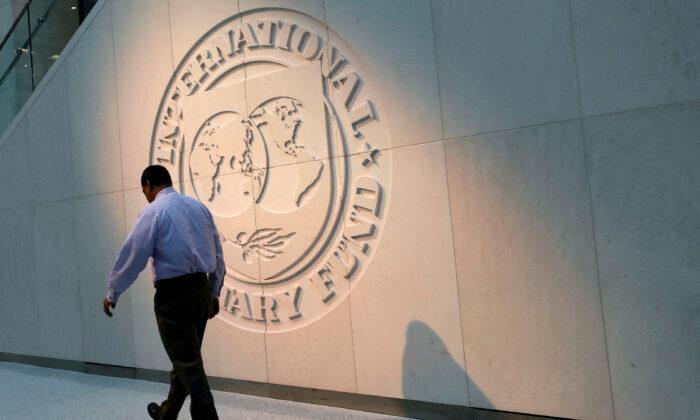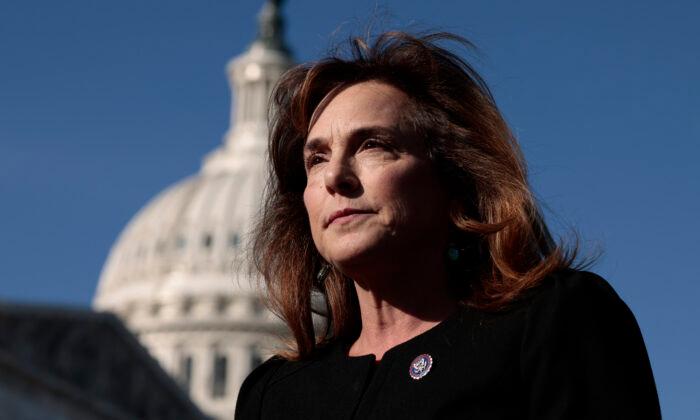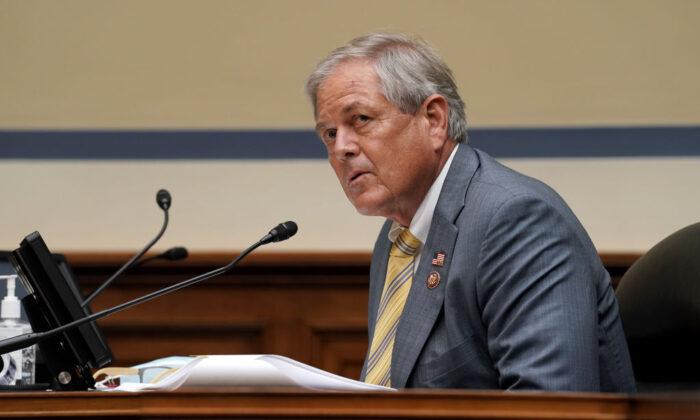A precious metals investor who has been closely monitoring inflation, which has soared to heights not seen since the early 1980s, believes that current levels may be here to stay and that the Federal Reserve’s target of 2 percent inflation is unrealistic.
Brien Lundin says he’s concerned that the unprecedented rise in U.S. money supply—which coincided with the government response to the COVID-19 pandemic—has permanently raised price levels.
“At one point, such inflation levels were standard and easy to achieve,” Lundin told The Epoch Times. “But now, there is so much money in the system that returning to these levels might be unrealistic.”
Since its peak during the summer of last year, the broad money supply has decreased by roughly $600 billion as the Fed continues its restrictive monetary tightening campaign. Still, levels remain far above historic numbers and almost $6 trillion higher than in pre-COVID times.
In addition to the surge in money supply, Lundin pointed to the persistent wage pressures in the labor market as one of the main drivers of inflation.
“There’s still a lot of sticky components of inflation that are out there and reluctant to drop,” he said.
Lundin, founder of the New Orleans Investment Conference, predicts that inflation will likely settle in the 4 to 5 percent range, which is at least double the Fed’s target rate. Inflation’s persistence will become a major factor in equity markets “because the Fed is going to have to, at some point, pause,” he said.
In a speech at Georgetown University on April 21, Fed Governor Lisa Cook recognized the importance of taming inflation, although didn’t offer many assurances that the problem could be solved overnight.
“Inflation tells us something critical about the effect on our daily lives,” she said. “Simply put, people need to eat, pay their bills, and get to work and school, among other things, and their budgets feel the impact.
“Much of the decline so far has been driven by the moderation in energy prices, and there is evidence that the path back to our low and stable inflation goal could be long and is likely to be uneven and bumpy.”

Lisa Cook of Michigan, nominated to be a member of the Board of Governors of the Federal Reserve System, speaks at a Senate Banking, Housing, and Urban Affairs Committee confirmation hearing on Capitol Hill in Washington on Feb. 3, 2022. Ken Cedeno/Reuters
Despite the Fed’s commitment to fighting inflation, Lundin thinks it’s only a matter of time before the central bank pauses its rate increases, which he argues would usher in a temporary moment of reprieve for financial assets.
He believes stocks, bonds, and commodities would initially benefit from a pause in the Fed’s tightening cycle. He’s particularly bullish on gold and silver, as they tend to thrive in an environment of higher inflation and rapid depreciation of the currency.
“As time progresses, the environment will be much more bullish for gold and silver,” Lundin said. “Those markets are so much smaller than stocks, bonds, and these other asset classes. The effects of even a very small shift into metals will be outsized.”
The precious metals investor derives his confidence in his investment thesis on one simple basis: “There’s no way that inflation will be anywhere near their 2 percent goal.”




